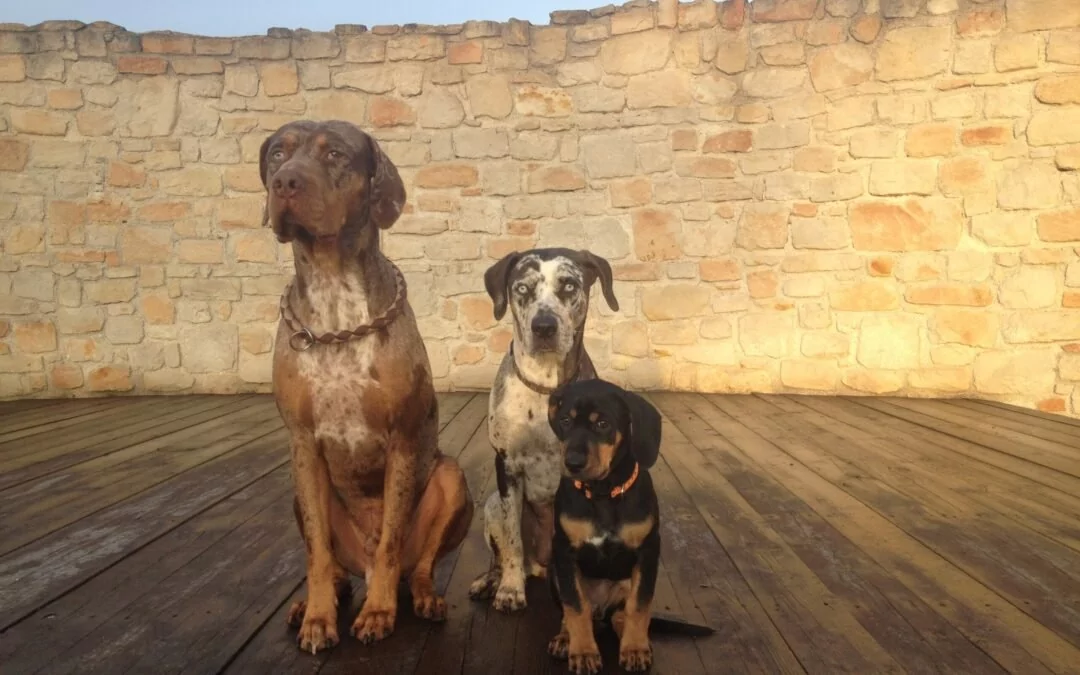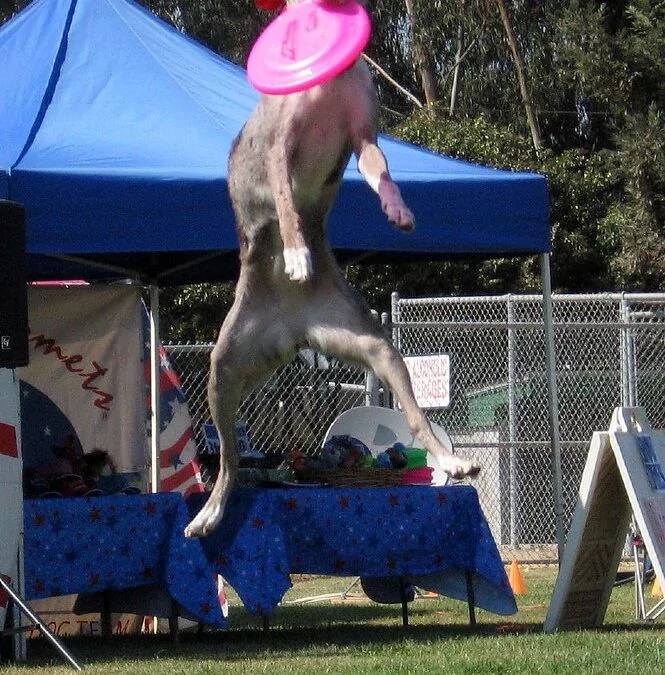
Regularly groom their coat
Maintaining a Healthy Coat: Grooming Tips for Your Louisiana Catahoula Leopard Dog
Brushing your Catahoula’s short coat regularly helps remove loose hair and keeps their skin and coat healthy. Bathe them when necessary, but be mindful not to overdo it.
Introduction:
Owning a Louisiana Catahoula Leopard Dog comes with the responsibility of keeping their coat healthy and well-maintained. Regular grooming is essential to remove loose hair, promote a healthy skin and coat, and strengthen the bond between you and your furry companion. In this blog article, we will explore the importance of regularly grooming your Catahoula and provide tips on how to do it effectively.
Section 1: The Benefits of Regular Brushing
– Explaining the significance of regular brushing to remove loose hair and minimize shedding.
– How brushing stimulates blood circulation and distributes natural oils for a healthier coat.
– The positive impact on reducing matting and preventing skin issues like dermatitis.
Section 2: Choosing the Right Tools
– Highlighting the importance of using appropriate grooming tools for short-haired breeds like Louisiana Catahoulas.
– Recommending slicker brushes, shedding blades, and rubber curry brushes as ideal options.
– Providing guidance on selecting brushes that are comfortable for both you and your dog.
Section 3: Establishing a Grooming Routine
– Outlining how frequently Catahoulas should be groomed based on their shedding patterns.
– Discussing the best practices for introducing grooming sessions from an early age to make them less stressful.
– Tips for gradually acclimating your Catahoula to being handled during grooming sessions.
Section 4: Bathing Your Catahoula
– Emphasizing that bathing should be done when necessary, usually every 2 to 3 months unless circumstances require more frequent bathing.
– Guiding readers on selecting safe and suitable dog shampoos designed specifically for their breed’s needs.
– Highlighting recommendations on water temperature, drying techniques, and avoiding excessive bathing that can strip away natural oils.
Section 5: Other Grooming Considerations
– Providing insights on maintaining your Catahoula’s ears, teeth, and nails for overall grooming.
– Tips for keeping their ears clean, teeth healthy, and nails properly trimmed.
– Recommending regular check-ups with a veterinarian to address any specific grooming concerns.
Conclusion:
Regular grooming is an essential aspect of caring for your Louisiana Catahoula Leopard Dog. By brushing their short coat regularly to remove loose hair and keeping the skin and coat healthy through proper bathing practices, you can ensure they look and feel their best. Remember, creating a positive grooming experience will strengthen the bond between you and your Catahoula while promoting their overall well-being.
‡This article is part of a twelve part series.






